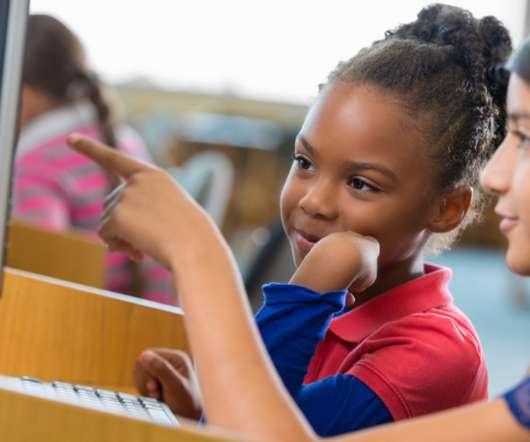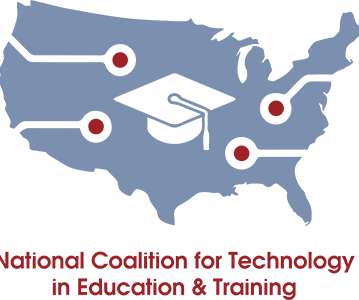The Past Decade Forecasts a New Wave of Economic Opportunity in Education
Edsurge
DECEMBER 30, 2019
Our higher education system formed around libraries. Our primary and secondary education systems formed around teachers imparting knowledge. From 2008 to 2019 we have witnessed a 4,000-plus percent expansion in the number of funded edtech startups, and the best startups can become unicorns. We see an explosion of startups.





























Let's personalize your content